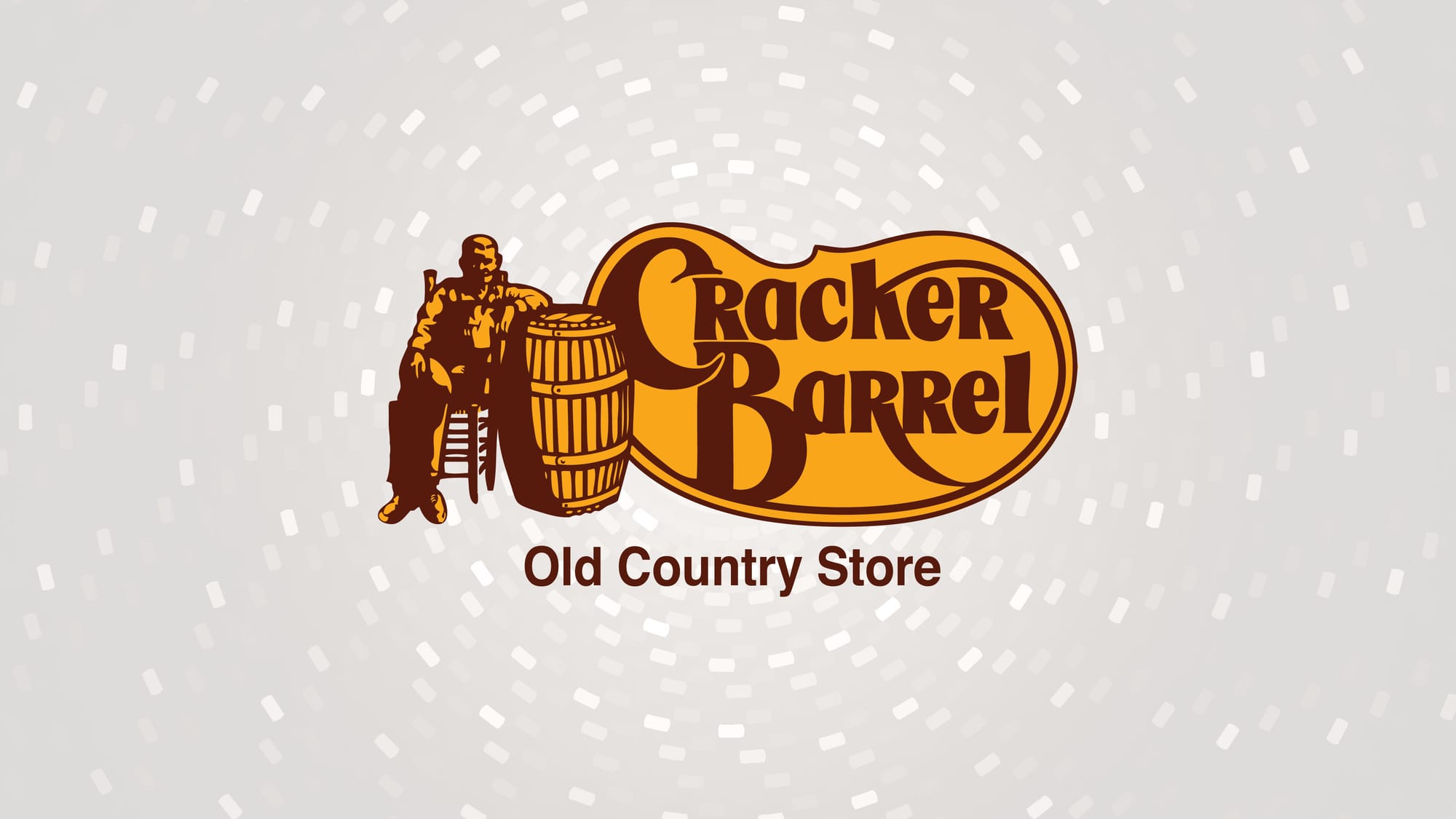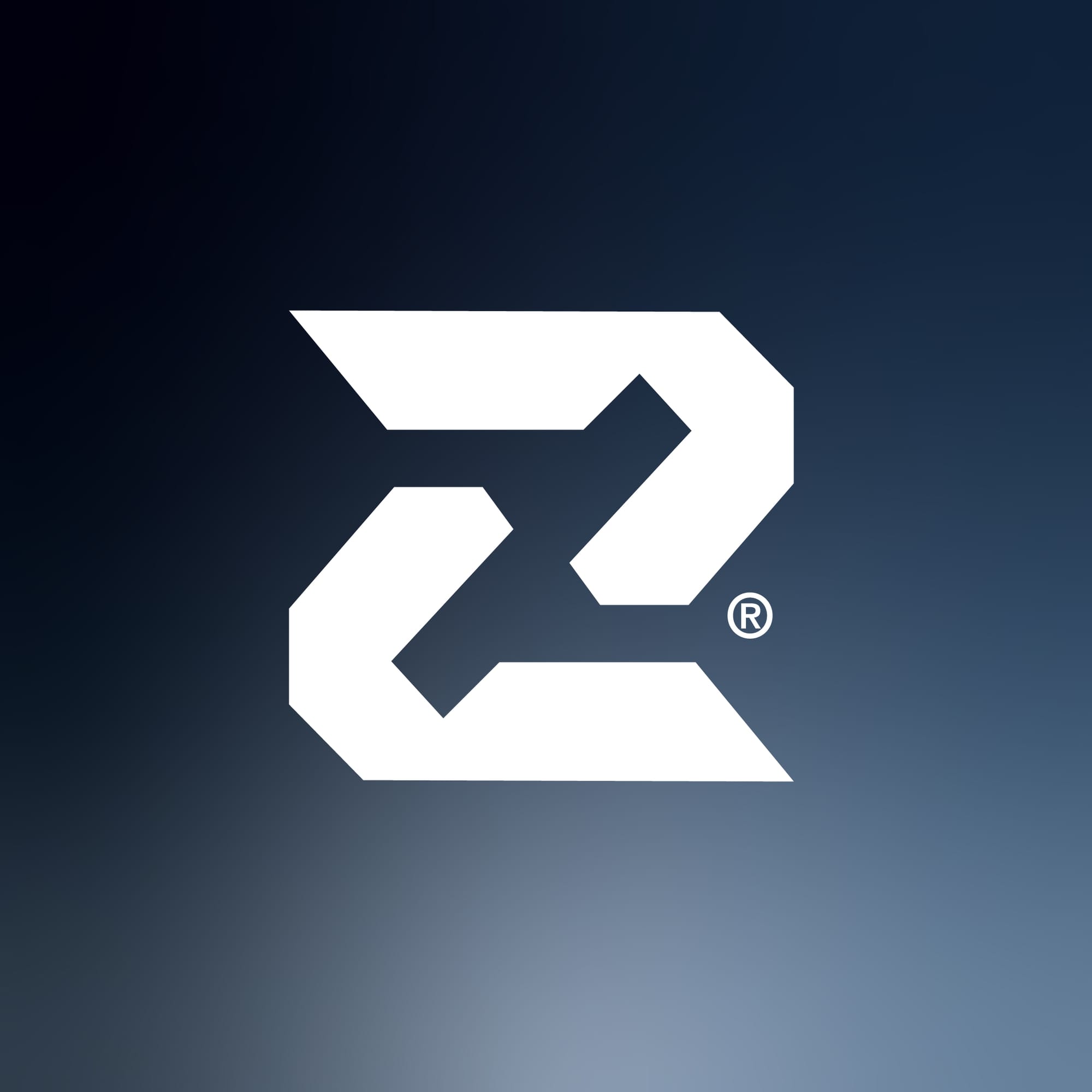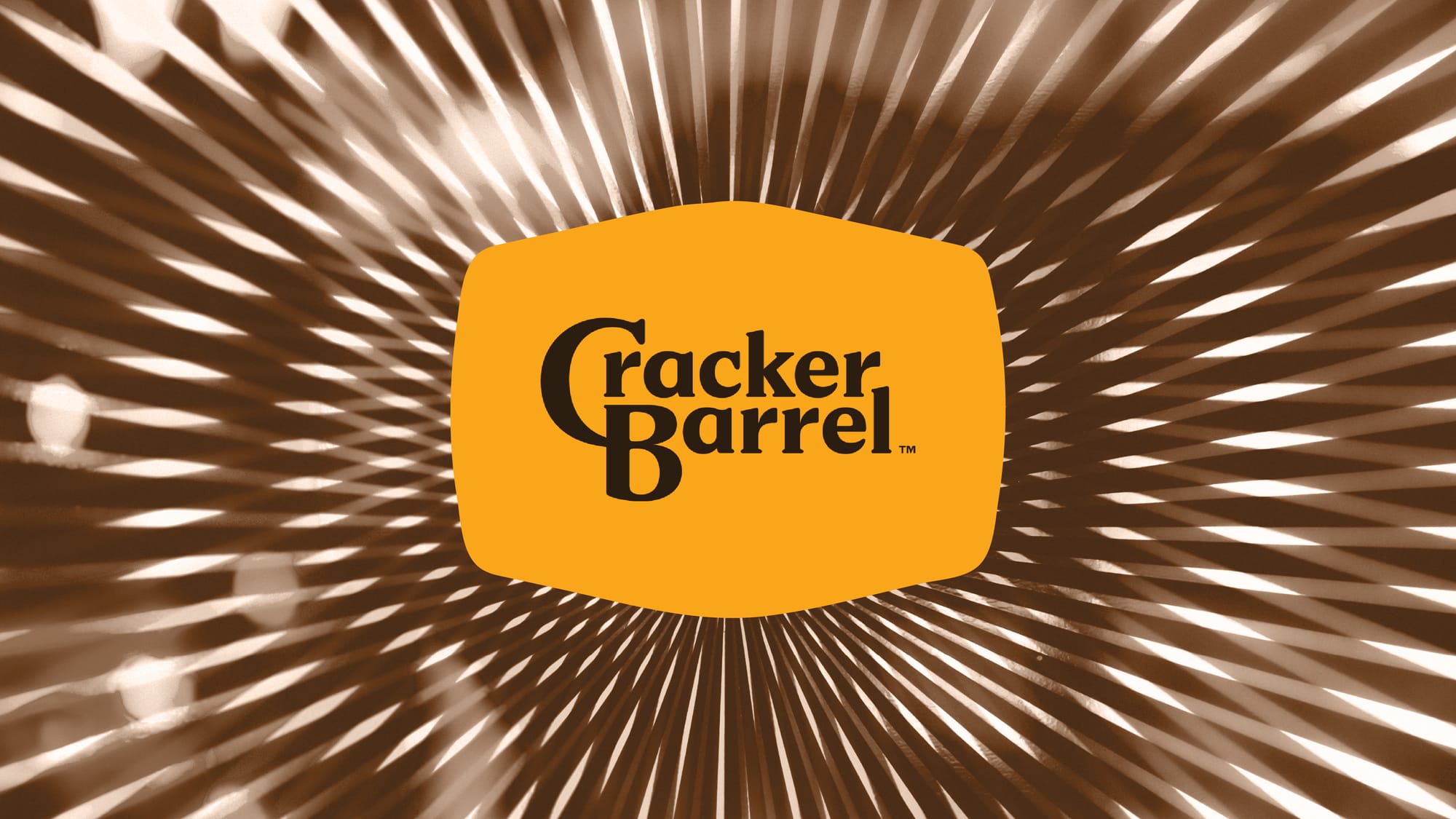The iconic southern comfort food chain's decision to modernize its 48-year-old branding has sparked fierce customer loyalty debates and wiped nearly $100 million off its market value in just one day.
The End of an Era
On August 19, 2025, Cracker Barrel unveiled its fifth logo iteration as part of the "All the More" campaign, eliminating beloved elements that have defined the brand since 1977. Gone are "Uncle Herschel"—the overall-wearing farmer figure—and the iconic cracker barrel itself, replaced by a minimalist text-only design featuring just "Cracker Barrel" against a golden backdrop.
The previous logo told a rich story with its pinto bean shape (nodding to an original menu side dish), the flourished "K" in "Cracker," and the relaxing figure representing the old country store experience where folks gathered to share stories. This imagery wasn't arbitrary—"Uncle Herschel" was inspired by Herschel McCartney, the uncle of Cracker Barrel founder Dan Evins, who served as a goodwill ambassador for the brand.

Behind the Strategic Shift
The rebrand stems from harsh financial realities. Retail sales dropped 3.8% in Q3 2025, following a pattern of declining customer visits and revenue that has plagued the chain for years. Second quarter 2024 saw a 4% drop in customer visits and 5% decrease in retail revenue.
Chief Marketing Officer Sarah Moore defended the changes, stating:
"We rooted in the heart of country, a story that has always defined us. Our story hasn't changed. Our values haven't changed".
The company positioned the rebrand as part of a broader $700 million transformation aimed at modernizing restaurant spaces away from nostalgia-laden decor toward streamlined, contemporary styling.
The Customer Backlash
The response was immediate and fierce. Social media erupted with customers expressing grief over "Uncle Herschel's" removal as if mourning a family member. Larry the Cable Guy pleaded on X:
"Please we beg of you! Don't change the iconic Cracker Barrel design! For the love of the 'Uncle Herschel's favorite' Breakfast don't do this!!"
Conservative commentators amplified the criticism, with some framing it as corporate "wokeness." Republican Representative Byron Donalds posted: "No one asked for this woke rebrand. It's time to Make Cracker Barrel Great Again"—a message that reached over 3 million views.
Wall Street reacted harshly too. Cracker Barrel's stock plunged as much as 15% on August 21, erasing nearly $100 million in market capitalization before beginning to recover the following day.
Expert Analysis: A Branding Cautionary Tale
Marketing professionals have been overwhelmingly critical of the rebrand. Kevin Dahlstrom, founder of Bolt Health and former CMO in the financial industry, called it a "fiasco," writing:
"The holy grail of marketing is to create a brand that customers give a damn about—and feel some ownership of. It's exceedingly rare and when you have that—as Cracker Barrel did—you NEVER EVER abandon it".
Thomas Murphy, a business professor at Clark University, offered a perspective on the strategic rationale:
"The desire to rebrand is usually motivated by either a significant shift in consumer behavior or a brand significantly altering its future direction".
He suggested Cracker Barrel may be targeting younger demographics who don't connect as strongly with the original brand imagery.
The Broader Context
This controversy reflects deeper tensions in American corporate culture, where logo changes and branding strategies have become flashpoints for cultural conflicts online. The intensity of reaction—from both supporters and critics—demonstrates how deeply brands can become embedded in customers' identities and values.
Cracker Barrel has attempted damage control, emphasizing that "Uncle Herschel remains front and center in our restaurants and on our menu" and that the company's core values remain unchanged. However, the immediate financial impact and sustained social media criticism suggest the rebrand may have underestimated the emotional connection customers felt to the traditional imagery.
The Path Forward
Whether this rebrand succeeds long-term depends on Cracker Barrel's ability to balance modernization with heritage preservation. The company still operates over 660 locations and employs more than 70,000 people, providing substantial opportunities to demonstrate that their hospitality and food quality remain unchanged despite the visual overhaul.
The controversy serves as a potent reminder that successful rebranding requires understanding not just market demographics, but the emotional bonds customers form with beloved symbols. In Cracker Barrel's case, "Uncle Herschel" wasn't just a logo element—he represented the comfort, tradition, and authentic country hospitality that drew customers to those rocking chair-lined porches for over four decades.
As the dust settles, this rebrand will likely become a case study in brand management—illustrating both the risks of abandoning cherished heritage elements and the challenges legacy brands face in staying relevant to evolving consumer preferences.
The ultimate test won't be stock prices or social media sentiment, but whether customers continue choosing Cracker Barrel for their next road trip meal.




Discussion